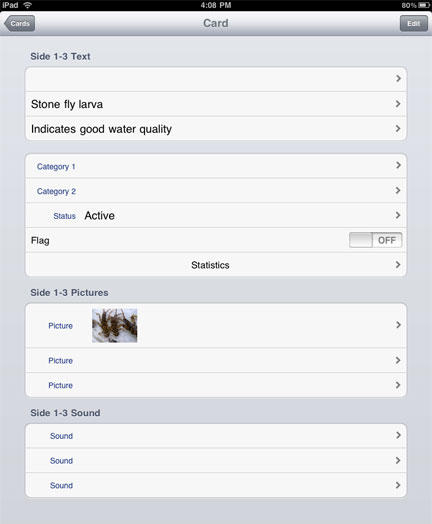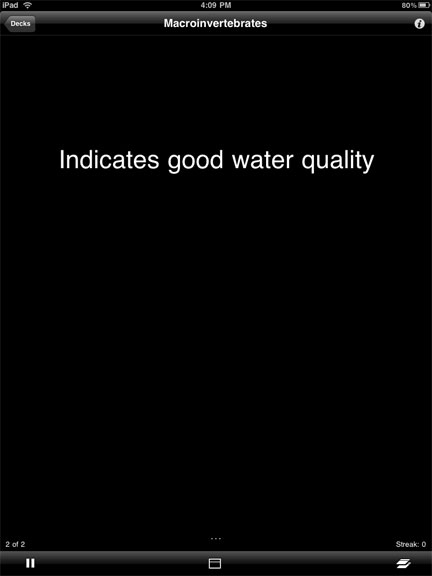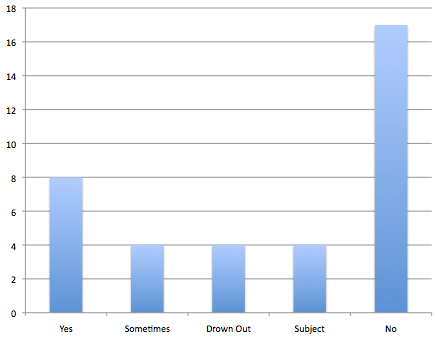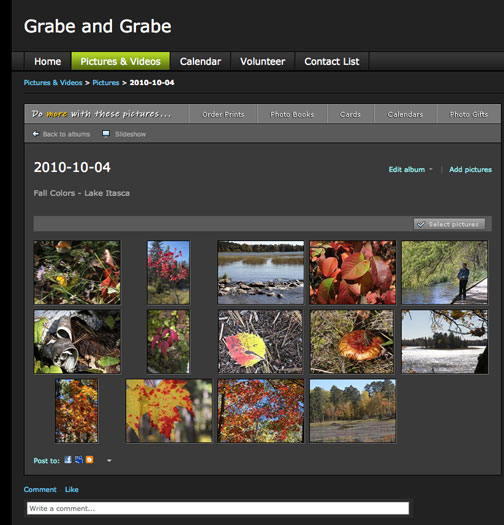There is a concept related to learning and studying that I have carried over from my grad school days. E. Rothkopf proposed a concept he called a “mathemagenic” activity. I remember mathemagenic to translate as giving birth to knowledge or something similar. It was the idea that an external activity could encourage productive cognitive behaviors in some learners and at the time I remember it being associated with adjunct or interspersed questions. In other words, attempting to answer questions can engage students in thinking behaviors they might not generate on their own. I suppose there are similar concepts, e.g., generative activity, but I continue to use the original term rather than adopt newer, but similar terms.
Anyway, I like the idea that external activities can encourage productive internal behaviors. I assume this assumption is what encourages suggested study strategies and learning tasks. As I have used the concept in my own teaching, I began to consider whether some external activities could be anti-mathemagenic. In other words, could certain activities limit learning. My original example originated from thinking about my own behavior. In my example, highlighting is the external behavior. Sometimes it seemed when I was feeling lazy I would identify important ideas while reading that I did not fully understand, but I would highlight this material assuming I would return and think more carefully later. Of course, if I failed to return to review, I would be worse off for deferring the work of understanding.
I have read Carr and other critics of Internet information processing and I have begun wondering whether certain patterns of Internet use are anti-mathemagenic. The key here would be if some less productive behavior were substituted for more productive behavior. I sometimes find myself using Instapaper in a way that could be mathemagenic. Instead of fully reading something I identify as potentially valuable, I send things to instapaper and I assume I will read carefully later. I think moving from blogging to micro-blogging would fit. Blogging is work. It takes time and thought. Microblogging (Twitter) is easy in comparison. Twitter may be an effective way to offer links to others, but it offers little in encouraging personal thinking.
Mathemagenic and anti-mathemagenic activities are difficult to spot in someone else. You can’t see internal behaviors. However, I am guessing if what you are doing is easy or quick little cognitive activity is involved.
![]()






You must be logged in to post a comment.